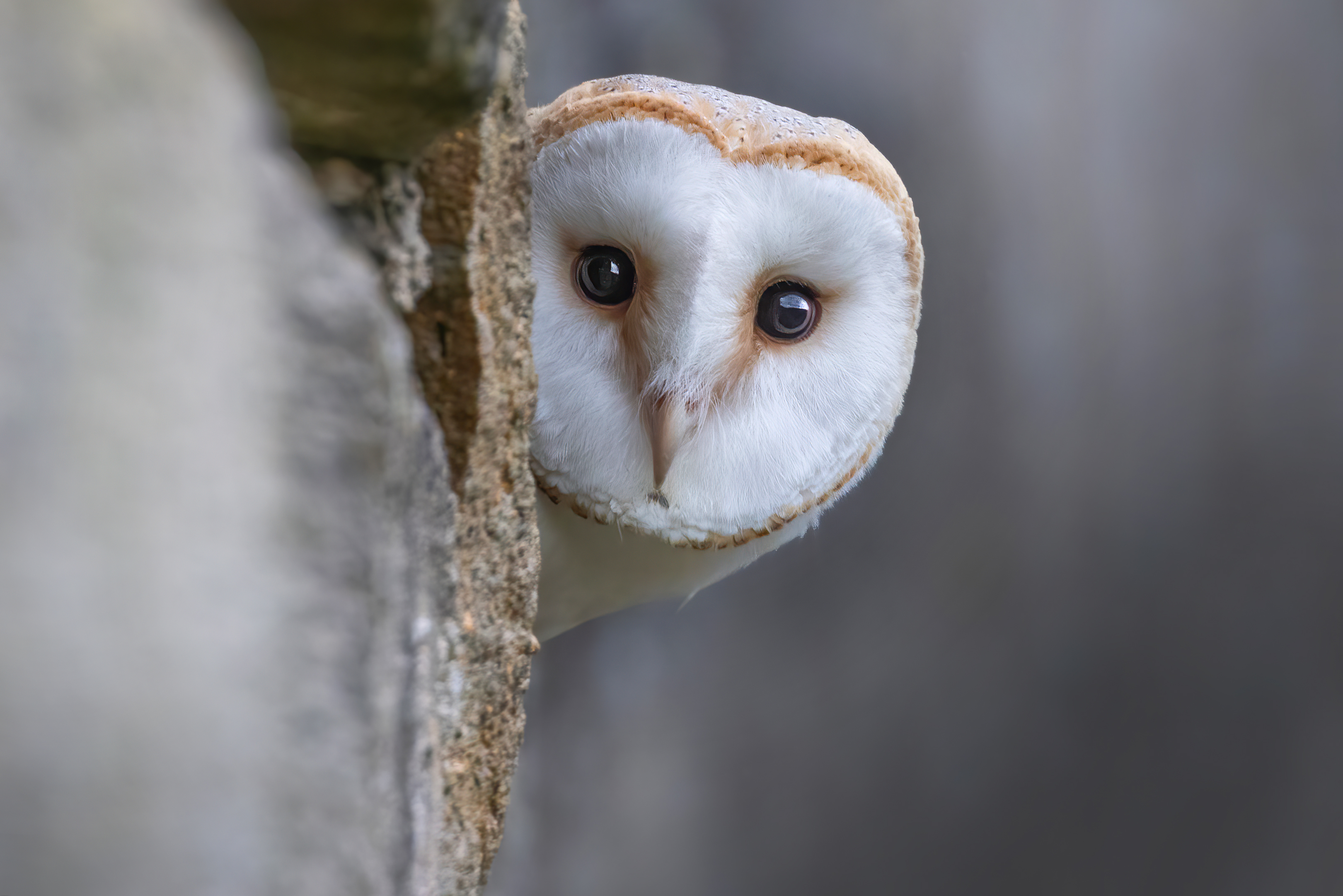Help grey partridges
Gamekeepers and farmers can help the grey partridge this winter by filling feeders with wheat

Farmers and gamekeepers are being urged to sign up to the GWCT's New Year Action Plan for the grey partridge in an attempt to stem the beleaguered farmland bird's dramatic decline over the past 40 years.
The research charity's advice is to fill hopper feeders with wheat until May so the birds enter the breeding season in better condition; to sow triticale seeds around field edges to provide unsprayed cover and insect habitat for rearing chicks; to plant chicory strips as cover from sparrowhawks; and to create beetle banks. ‘It's our New Year wish,' explains the GWCT's Nick Sotherton. ‘Appalling weather over the past two years hasn't helped the birds, but some land managers have gone the extra mile. We've witnessed a threefold increase in numbers in areas that are actively managed, but we need more people to come on board.
* Subscribe to Country Life and save up to 40% in our January sale
An added bonus is that management of grey partridges helps brown hares, owls, harvest mice, corn buntings and yellowhammers as well.' Grey partridges are not the only native bird in trouble. Our avian map is shrinking, with the distribution of some ‘common' British birds being reduced to reserves, SSSIs or where a landowner has made a specific effort to create habitat. This was the dominant trend emerging from the BTO's most recent Bird Atlas and the 14th annual The State of the UK's Birds report by the RSPB, BTO and WWT. Whinchats and willow tits are no longer a familiar sight; yellow wagtails have almost disappeared from Wales and the corn bunting is extinct in Ireland.
Even specific habitat creation is not enough in some cases: the Barn Owl Trust describes 2013 as ‘catastrophic', with only 12% of the 73 sites it monitored yielding chicks.
Adaptability seems to be key, as in the case of the avocet, which has expanded its range more than 17-fold. ‘Waders generally are doing really badly, but the avocet breeds mainly on reserves where it may be protected from predators,' explains Dawn Balmer, lead author on the Bird Atlas. ‘Oystercatchers are also adapting-they're even nesting on roofs-and the little ringed plover, which likes managed land, is doing well. There has been a lot of habitat creation in the past 10 years, which is helping to stabilize the range of some birds, such as the skylark, but many environmental farming schemes are not, as yet, making a difference to actual numbers.'
* Follow Country Life magazine on Twitter
Exquisite houses, the beauty of Nature, and how to get the most from your life, straight to your inbox.
Country Life is unlike any other magazine: the only glossy weekly on the newsstand and the only magazine that has been guest-edited by His Majesty The King not once, but twice. It is a celebration of modern rural life and all its diverse joys and pleasures — that was first published in Queen Victoria's Diamond Jubilee year. Our eclectic mixture of witty and informative content — from the most up-to-date property news and commentary and a coveted glimpse inside some of the UK's best houses and gardens, to gardening, the arts and interior design, written by experts in their field — still cannot be found in print or online, anywhere else.
-
 Picture round: Guess the animal in today's Country Life Quiz of the Day, November 6, 2025
Picture round: Guess the animal in today's Country Life Quiz of the Day, November 6, 2025In today's quiz we're asking you to guess the names of these lesser-known animals.
-
 Bunny Mellon: The Truman Capote ‘Swan’, muse and horticulturalist whose creations for The White House were recently lost forever
Bunny Mellon: The Truman Capote ‘Swan’, muse and horticulturalist whose creations for The White House were recently lost foreverAs Tiffany & Co. pay homage to Bunny Mellon with a new Bird on a Rock collection, Owen Holmes takes a look at the most iconic garden designs of this heiress-horticulturist, from her Virginia estate to the White House to Versailles.
